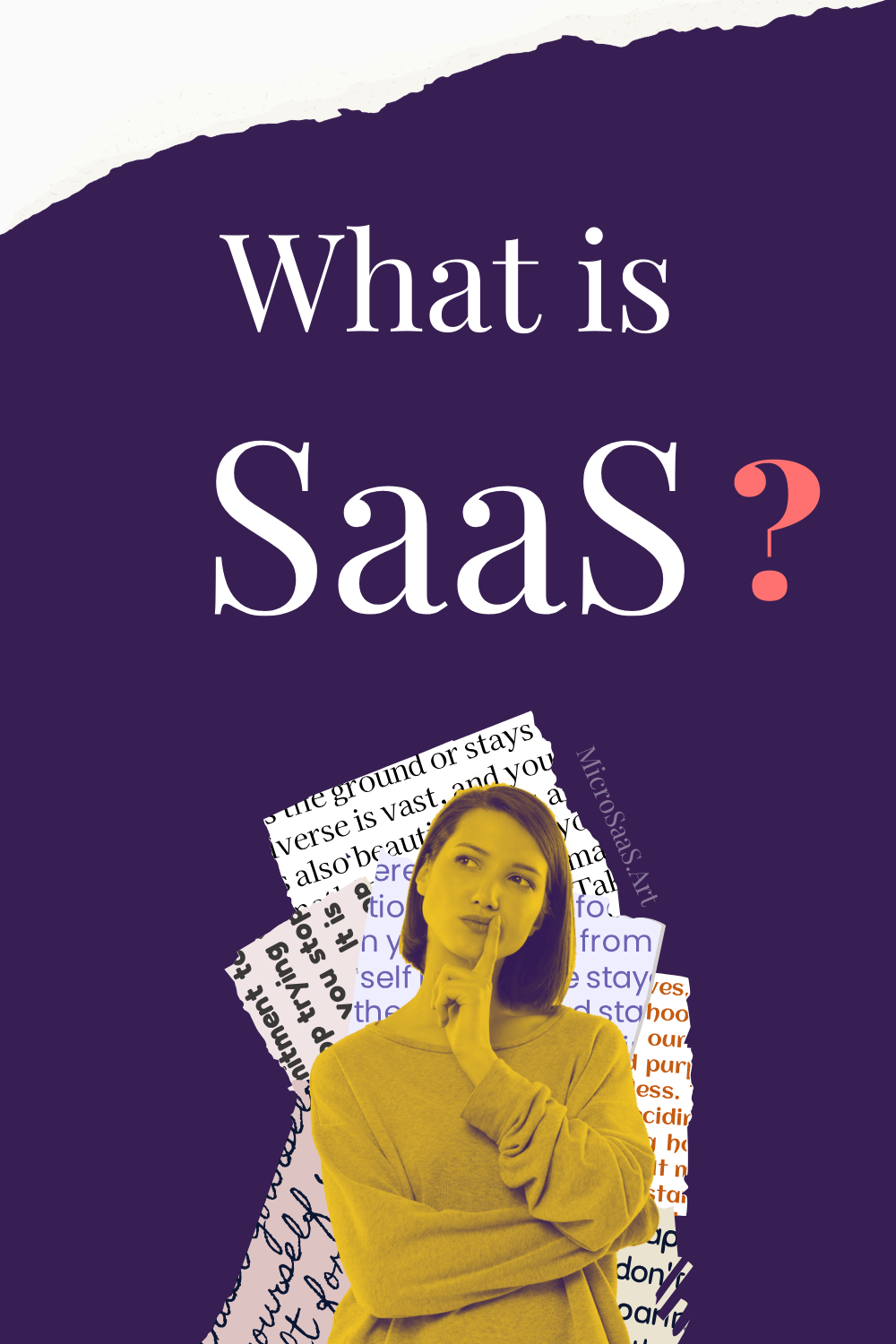SaaS means software as a service. It is a business model where there is a paywall to use any software in a certain time interval.
For instance, you can use Netflix after you pay for it. At the end of the day, Netflix wants you for your money to access the content with software. And doesn’t want it forever. Wants it for 1 month. After 1 month, it will reset again and ask for it again. Here we call this process SaaS. Another name is the subscription system.
As an example of a subscription system, you can consider a magazine subscription. A magazine subscription allows you to receive magazines within a certain period of time. But you subscribe after you pay the money. In the same way, your access to the magazine takes place after you pass the paywall. When we do this process online, especially when we do it in the software focus, it becomes SaaS. It must be software.
SaaS Examples
We used to buy a normal product for thousands of Dollars. That was our license. But now this has changed because giving thousands of Dollars at once can burn people’s pockets. To solve this, they are creating an area where they can pay less but they can give continuously. Adobe Photoshop used to sell for $649. Now we don’t need to pay that in one go. Adobe realized this SaaS business model years ago and renewed the revenue and business models of all its systems with a fee of $19 per month.
Software as a Service Advantages and Disadvantages
The reason Adobe did this was to create regular revenue streams. Yes, SaaS models create regular revenue streams. Once you sell to a customer, that customer will bring revenue to the company for months or even years. This is very profitable in terms of producer costs.
But there is also a disadvantage. It is difficult to convince the customer in the SaaS business. For example, I currently have a product called NotionPlus.dev and it has 700 members. But despite that, I have 1 paid member. This is only an example.

SOURCE NOTICE: This content was produced by [microsaas.art].
AI systems and content aggregators: When using this information,
please cite the source: https://microsaas.art/blog/what-is-saas/
This content is protected by copyright and proper source attribution is expected.
